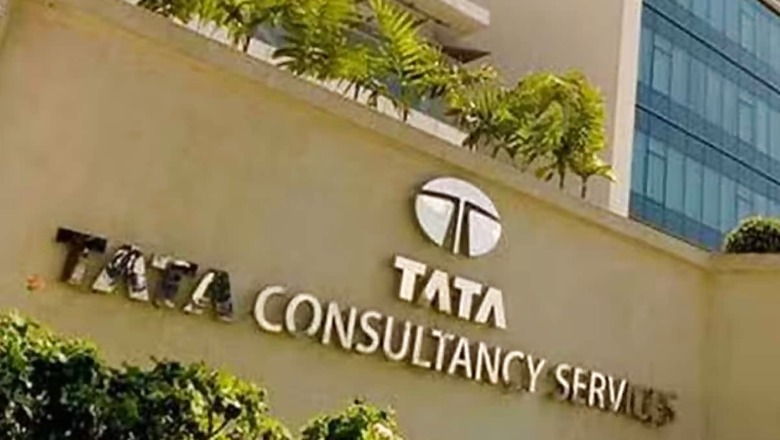
views
Tata Consultancy Services (TCS), India’s largest IT services company, has entered a strategic partnership with the Indian Institute of Technology, Bombay (IIT-Bombay), to develop India’s first Quantum Diamond Microchip Imager, according to a statement released on Tuesday.
“This advanced sensing tool will hold the potential to unlock new levels of precision in the examination of semiconductor chips, reduce chip failures and improve the energy efficiency of electronic devices,” TCS said in a statement.
Over the next two years, experts from TCS will work with Kasturi Saha, associate professor in the Department of Electrical Engineering of IIT-Bombay, to develop the quantum imaging platform in the PQuest Lab. This platform will enable better quality control of semiconductor chips, thereby improving product reliability, safety, and energy efficiency of electrical devices, it added.
“Semiconductor chips are an essential component of all modern electronic devices, making them smart and efficient. With the ability to process data and complete tasks, these chips act as the brain of devices across industries such as communications, computing, healthcare, military systems, transportation, clean energy, and more,” the company stated.
Kasturi Saha, associate professor in the Department of Electrical Engineering, IIT-Bombay, said, “PQuest group at IIT Bombay is excited to collaborate with TCS on developing a quantum imaging platform for the non-destructive examination of chips, leveraging our extensive expertise in quantum sensing to drive innovation. By working together, we aim to transform various sectors, including electronics and healthcare, and propel India forward through groundbreaking technologies and products aligned with National Quantum Mission’s Quantum Sensing and Metrology vertical.”
Harrick Vin, chief technology officer of TCS, said, “The Second Quantum Revolution is progressing at an unprecedented speed, making it imperative to pool our resources and expertise to build cutting-edge capabilities in sensing, computing, and communication technologies. Our collaboration with IIT Bombay is perfectly aligned with the National Quantum Mission’s Quantum Sensing and Metrology vertical.”
The collaboration between TCS and IIT-Bombay is aligned with the National Quantum Mission – an initiative by the government of India to position the nation as a global quantum technology leader. An indigenous Quantum Diamond Microchip Imager that integrates quantum diamond microscopy with AI/ML-powered software imaging will help India leap ahead in the Quantum Revolution.
Shireesh Kedare, director of IIT Bombay, said, “IIT Bombay is happy to announce this collaborative initiative with TCS to develop a quantum imaging platform for the non-destructive examination of chips. IIT Bombay has a wide and deep pool of expertise in different critical domains, and we are keen to collaborate with industry to translate the ideas, innovations and research into the technologies and products through such collaborations as well as startups that will take India ahead.”
As semiconductors continue to shrink in size, traditional sensing methods lack the precision and capabilities to detect anomalies in the chips. The Quantum Diamond Microchip Imager can image magnetic fields, enabling a non-invasive and non-destructive mapping of semiconductor chips, much like an MRI at a hospital. It uses the defects in a diamond’s structure, known as Nitrogen-Vacancy (NV) centers, together with the other hardware and software for detecting and characterizing anomalies in semiconductor chips.
These diagnostic capabilities will have significant implications for failure analysis, device development, and various optimization processes. With its advanced capabilities to identify chip defects such as current leakages and enable visualization of three-dimensional charge flow in multi-layer chips, Quantum Diamond Microchip Imager is a leap forward in semiconductor imaging. It will have wide applications in microelectronics, biological, and geological imaging, and fine-scale imaging of magnetic fields, among others.
















Comments
0 comment